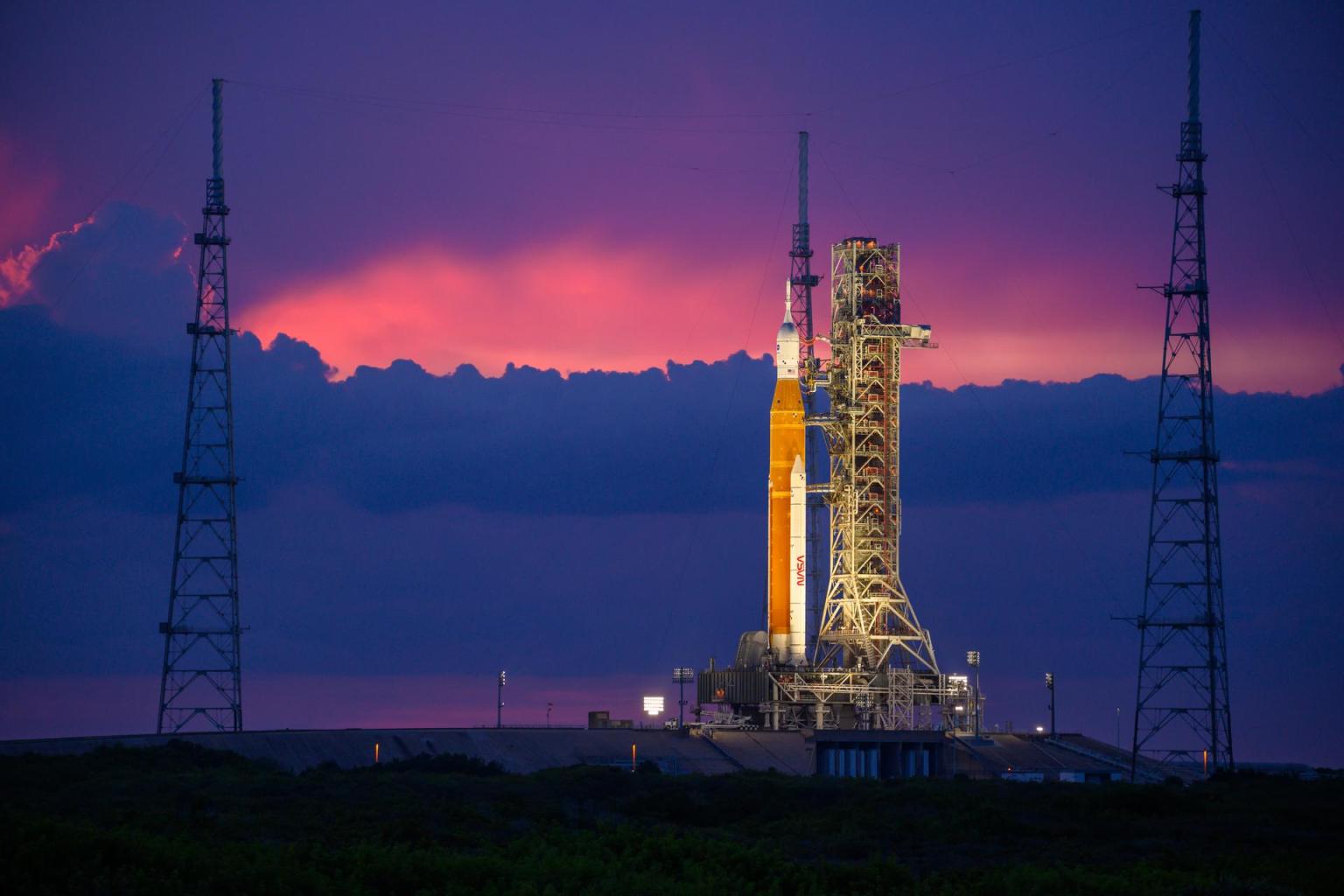Spaceships and Rockets
Commercial Crew Rockets
NASA’s Commercial Crew Program is delivering safe, reliable, and cost- effective human transportation to and from the International Space Station from the United States through a partnership with American private industry. A new generation of rockets capable of carrying astronauts to low Earth orbit and the International Space Station provides expanded utility, additional research time, and broader opportunities for discovery on the orbiting laboratory.
The station is a critical testbed for NASA to understand and overcome the challenges of long- duration spaceflight. As commercial companies focus on providing human transportation services to and from low Earth orbit, NASA is freed up to focus on building spacecraft and rockets for deep space missions.
Atlas V

United Launch Alliance’s Atlas V rocket has launched science, cargo, and will launch crew to the International Space Station. On May 19, 2022, an Atlas V rocket launched Boeing’s uncrewed CST-100 Starliner spacecraft on a flight test to the International Space Station as part of NASA’s Commercial Crew Program – a critical step on the path toward certifying Boeing’s human transportation system for regular, crewed flights to the space station.
NASA and Boeing continue to evaluate data from the company’s second uncrewed flight test on the CST-100 Starliner system, Orbital Flight Test 2 (OFT-2), to prove its capability to carry astronauts to low Earth orbit and the International Space Station. Following the successful launch of OFT-2, potential launch opportunities for Boeing’s crewed flight test on Starliner are under review. If successful, this paves the way for NASA’s certification of Boeing’s astronaut transportation system for regular missions to the space station.
Atlas rockets have evolved over four decades to become the Atlas V rocket that is used today. John Glenn became the first U.S. astronaut to orbit Earth after being launched on a heritage Atlas LV-3B rocket from Cape Canaveral, Florida, in 1962.
Technical Overview
- Diameter: 3.81 meters (12.5 feet)
- Height: 62.5 meters (205 feet)
- Mass: 21,173 kilograms (46,678 pounds)
Falcon 9
Falcon 9 is a two-stage rocket designed and manufactured by SpaceX for the reliable and safe transport of satellites and the Dragon spacecraft into orbit. Falcon 9 is the first orbital class rocket capable of re-flight.
Falcon 9 made history in May 2020 when it launched two American astronauts on an American spacecraft from American soil to the International Space Station as part of NASA’s Commercial Crew Program – the first time since the retirement of the Space Shuttle Program in 2011. Falcon 9 has since successfully launched 24 more astronauts to the space station.
Falcon 9 began delivering cargo to the International Space Station for NASA in 2012, making SpaceX the first commercial company to visit the station. Falcon 9 went on to make numerous trips to space, delivering satellites to orbit as well as delivering and returning cargo from the space station for NASA, before becoming certified to launch astronauts.
Technical Overview
- Diameter: 3.7 meters (12 feet)
- Height: 70 meters (229.6 feet)
- Mass: 549,054 kilograms (1,207,920 pounds)






























